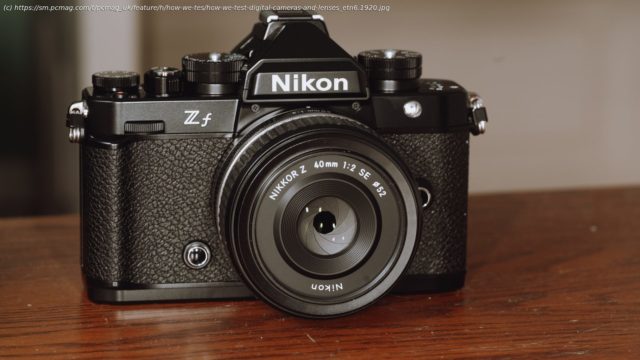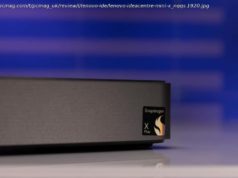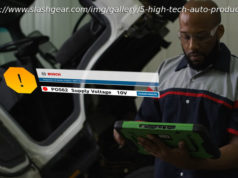Learn about the speed, image quality, and general performance tests we run on every digital camera and lens we review.
We test a lot of different types of photo equipment at PCMag, but our focus is on cameras and lenses. To properly evaluate them, we perform both standardized lab tests in a controlled environment, and go out in the real world to capture images and video. Doing so allows us to assess image quality in a predictable way, as well as challenge modern autofocus systems with various types of subjects that a photographer is likely to encounter in real life. As PCMag’s lead camera reviewer, I have more than 14 years of experience covering the space, and have worked to develop and refine our testing methodologies along the way. Here’s a look at what we do in each set of tests.How We Test Cameras
In the lab, we evaluate image quality across the entire ISO range to find out how photos will look in varying levels of light, and determine whether lenses can deliver crisp images on modern, high-resolution sensors. With an interchangeable lens camera, we always use the highest-quality lens we have available at its best f-stop to evaluate noise and detail. We rely on an X-Rite Color Checker Classic swatch chart to get a quantitative noise value from out-of-camera JPGs, framed next to a foreign bank note that allows for a qualitative analysis of noise and detail for both JPG and Raw images.
We can also confirm the accuracy of manufacturer-stated shooting rates and buffer capacities, as well as test performance with multiple memory formats. We rely mainly on field tests to check subject recognition modes, but also see how well cameras handle on-screen images of people, animals, and other common subjects, as necessary.
Image quality isn’t as huge a differentiator among digital cameras as it was in years past. The majority of the cameras we review match peers with the same size sensor in terms of picture quality. There are outliers, of course, which is why we still test everything. Autofocus intelligence, sensor readout speed, rolling shutter distortion, and video features are the areas in which today’s models differ significantly.
On that note, we now put more emphasis on testing cameras outside the lab. Autofocus performance has become particularly important. To that end, we look at how well a camera can track moving subjects and see if features like face and eye detection work as advertised. We sometimes use an Atomos Ninja V to record the viewfinder in the field, which helps us better compare autofocus performance between different camera systems.
Taking the camera out into the world also informs our impression of its ergonomics. The battery life, build quality, handling, viewfinder, and level of weather protection are all important factors to consider. If a manufacturer bills a camera as rugged or waterproof, we do our best to put it through the ringer. We drop tough cameras on the ground and take water-protected systems out in the rain. We’re not able to perform teardowns, but certainly take them into account when they’re available.






